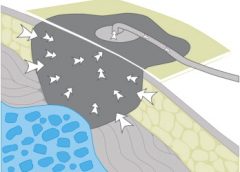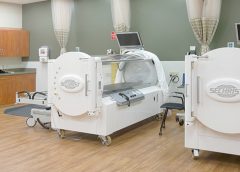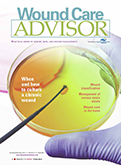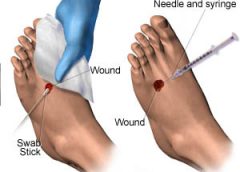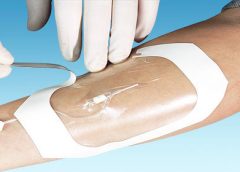By Cheryl Ericson, MS, RN, CCDS, CDIP
Providers are often surprised at how pages upon pages of documentation in a patient’s health record can result in few reportable diagnosis and/or procedure codes, which often fail to capture the complexity of the patient’s condition. However, providers need to be aware of the implications of coding. As healthcare data become increasingly digital through initiatives such as meaningful use, coded data not only impact reimbursement but also are increasingly used to represent the quality of care provided. Here’s a closer look at how documentation and coding work in the context of wound care. (more…)
Read More

